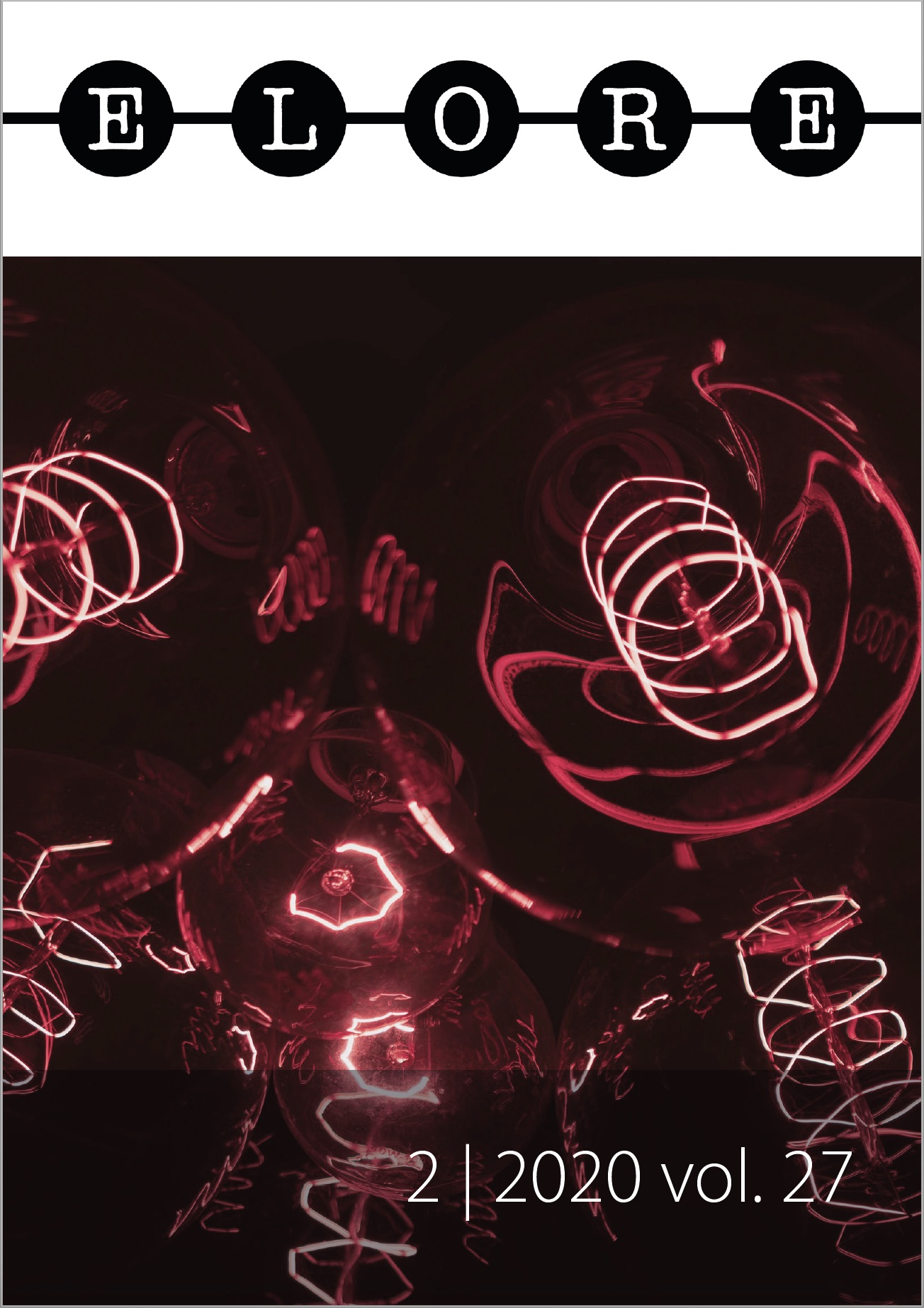Melancholy and longing as conveyed, listened to, and experienced
Affective circles and the manifestation of emotions on archival audio recordings of laments
DOI:
https://doi.org/10.30666/elore.97359Keywords:
itkuvirret, tunne, affektiivisuus, arkistot, empaattinen kuunteluAbstract
This article examines the emotions and affective phenomena of Karelian lament performances on archival audio recordings. Traditional Karelian laments express, create, and convey emotions. The main emotional tones are melancholic moods, longing, and sadness. While lamenting, the affective intensity of the performance increases. A lament performance creates an affective connection between the lamenter and the audience: it is said that a talented lamenter can make her audience weep with performance. This article explores the ways the affectivity of lament performances is perceived and can be interpreted from archival audio tapes.
In laments, emotions appear as imitated, performed emotion emblems, and as automatic manifestations of real felt affective experiences. Both of these are genre specific, inherent features of laments and they overlap. The change from an imitated emblem to one that springs from real felt affective states reveals the change in lamenter’s emotional state. Audibly perceivable differences between these appearances are linked to the quality of the lamenter’s voice and its extremely subtle nuances. However, each lamenter has her own individual style and performing manners, which also vary according to performance situations. Thus, each interpretation needs to be considered individually.
This article applies a multidisciplinary theoretical and methodological frame for analysing the varying emotional expressions and manifestations of laments and the affective phenomena that lamenting and laments create around them. Methodologically it utilizes two modes of analytical listening, auditory sound analysis and empathetic listening, where experiencing and sensing are deployed analytically. In total, the research material consists approximately of five hundred Olonets Karelian lament performances on archival audio recordings, of which some one hundred are analysed in detail. The material was recorded during 1940–2001 in ethnographic fieldwork interviews, which differ from primary ritual lamenting situations.

Downloads
Additional Files
Published
How to Cite
Issue
Section
License
The journal follows Diamond Open Access publishing model: the journal does not charge authors and published texts are immediately available on the Journal.fi service for scientific journals. By submitting an article for publication on Elore, the author agrees, as of September 2024, that the work will be published under a CC BY 4.0 licence. Under the licence, others may copy, transmit, distribute and display the copyrighted work and any modified versions of the work based on it only if they attribute the licence, the original publication (link or reference) and the author as the original author. Any modifications made must be acknowledged.
Copyright of the texts remains with the authors, and self-archiving (Green OA) of the published version is allowed. This also applies to texts published before September 2024. The Green OA publication must include Elore's publication details.
The metadata for published articles is licensed under Creative Commons CC0 1.0 Universal.





